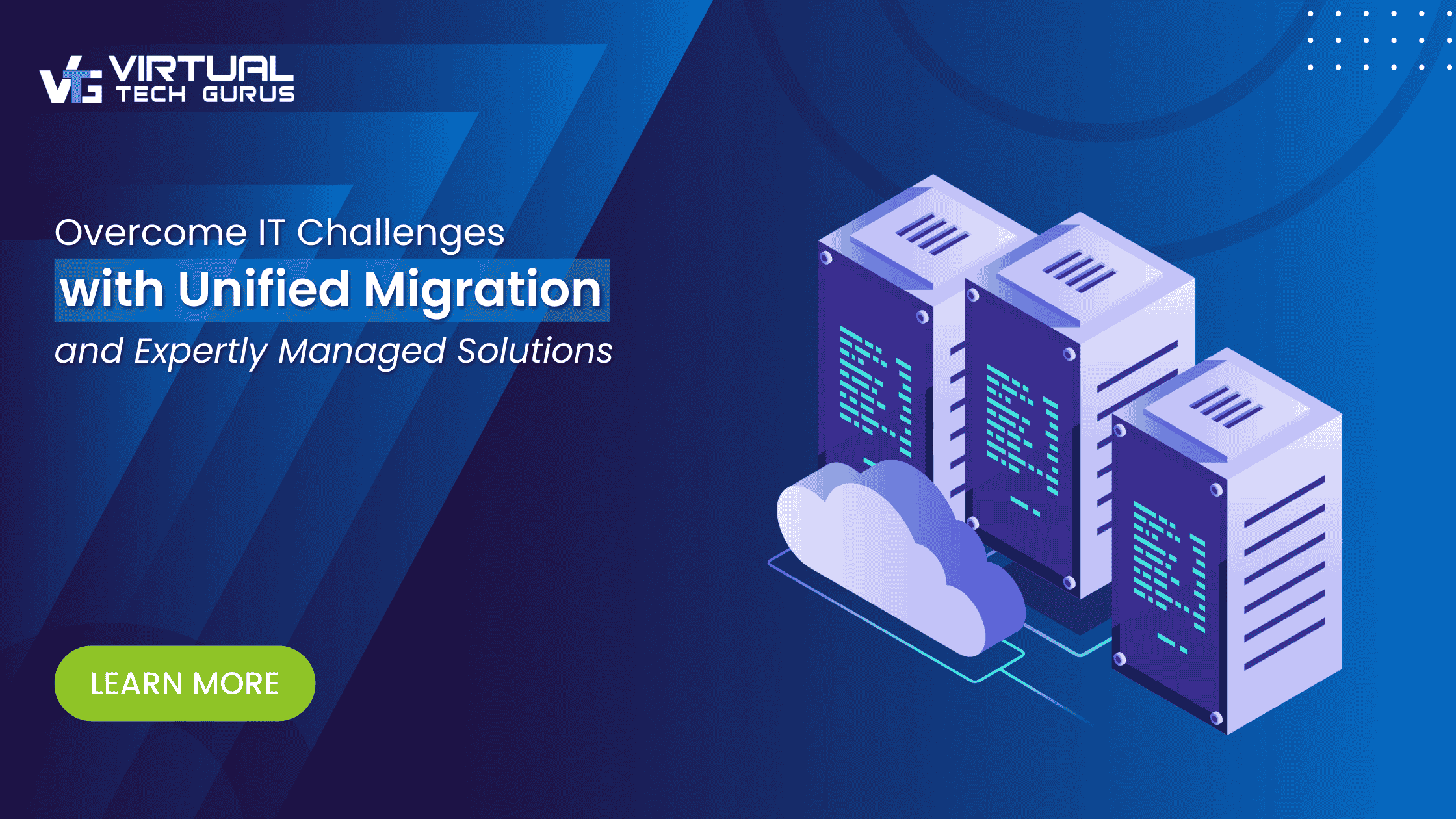Data protection and security are crucial since they are the lifeblood of organizations in today’s digital age. A dynamic solution that combines the dependability and control of on-premises backups with the scalability and accessibility of the cloud is hybrid cloud backup.
Organizations may guarantee the highest level of data integrity while utilizing the benefits of hybrid cloud architecture by smoothly combining these two strategies.
But what is a hybrid cloud backup? What are the best practices for implementing this potent data protection plan, and how does it function?
In this blog, we’ll walk through the fundamental ideas and best practices that may assist businesses in realizing the full benefits of hybrid cloud backup by ensuring that their crucial data is always safe, retrievable, and accessible.
Let’s Delve in…
Hybrid cloud backup.
Hybrid cloud backup is a data protection strategy that combines on-premises backup infrastructure with cloud-based backup services. It offers a flexible and scalable approach to safeguarding data, leveraging the benefits of both private and public cloud environments.
Hybrid cloud backup utilizes two services that are readily available for data storage. This may combine both public and private cloud services in some instances. For many businesses, hybrid cloud backup involves keeping data on the cloud and on-premises infrastructure.
Regardless of which iteration a business may use, the key to hybrid cloud backup is that data is stored in multiple locations. This is an ideal solution for organizations that prioritize security and affordability, and it offers many unique benefits that a single cloud system cannot offer.
Here are some key features of hybrid cloud backup:
- Combination of On-Premises and Cloud Backup: Hybrid cloud backup combines local backup infrastructure, such as servers and storage devices, with the utilization of cloud-based backup services provided by a third-party provider.
- Data Redundancy and Off-Site Storage: Hybrid cloud backup ensures data redundancy by storing backup copies locally and in the cloud. Cloud storage offers the advantage of off-site storage, protecting against on-premises disasters or data loss events.
- Scalability and Flexibility: The hybrid cloud approach allows organizations to scale their backup resources based on changing needs. It allows storing critical or frequently accessed data on-premises while utilizing cloud storage for less critical or archival data.
- Fast Local Backups and Restores: On-premises backup infrastructure enables quick and efficient backups and restores. It allows organizations faster access to their backup data, reducing recovery time and minimizing downtime in case of data loss or system failures.
- Cost Optimization: Hybrid cloud backup allows organizations to optimize costs by utilizing on-premises infrastructure for high-performance backups and leveraging cloud storage for cost-effective long-term retention. It eliminates the need for extensive on-premises storage capacity for storing historical or infrequently accessed data.
- Disaster Recovery Capabilities: With hybrid cloud backup, organizations can enhance their disaster recovery capabilities. In the event of a local failure or disaster, data stored in the cloud can be quickly accessed and restored, ensuring business continuity and minimizing data loss.
- Data Security and Compliance: Hybrid cloud backup enables organizations to implement robust data security measures. It allows for data encryption both at rest and in transit, ensuring the confidentiality and integrity of backup data. Cloud providers often adhere to industry security standards and compliance regulations, enhancing data protection and meeting regulatory requirements.
- Centralized Management and Monitoring: Hybrid cloud backup solutions often provide centralized management and monitoring interfaces. This allows administrators to have a unified view of their backup environment, making it easier to manage backup policies, monitor backup performance, and track data protection activities.
Best practices for hybrid cloud backup
When implementing hybrid cloud backup, which combines on-premises and cloud-based backup solutions, it’s essential to follow best practices to ensure the integrity, security, and reliability of your backup data.
Here are some best practices for hybrid cloud backup:
Define a Backup strategy
Start by defining your organization’s backup strategy, including the frequency of backups, retention periods, and recovery objectives. This strategy will guide your hybrid cloud backup implementation.
- Assess the data for backup.
Conduct a thorough assessment of your data to determine which data is critical and needs to be backed up. Categorize the data based on its importance and prioritize backup efforts accordingly.
- Choose the Right Cloud provider.
Select a reliable and secure cloud provider that aligns with your organization’s needs. Consider factors such as reputation, data centers’ location, compliance standards, and encryption and data management support.
- Implement Data encryption.
Ensure that your backup data is encrypted at rest and in transit. Use strong encryption algorithms and secure key management practices to protect sensitive information from unauthorized access.
- Utilize Deduplication and compression.
Implement deduplication and compression techniques to optimize storage space and reduce bandwidth requirements. This will help minimize backup costs and improve overall efficiency.
- Test Backup and Recovery processes.
Regularly test your backup and recovery processes to validate their effectiveness. Perform test restores of data from both on-premises and cloud backups to ensure data integrity and verify recovery time objectives (RTOs) and recovery point objectives (RPOs).
- Regularly Review and Update Backup policies.
Continuously review and update your backup policies to reflect changes in your organization’s needs, technological advancements, and evolving industry best practices. This ensures your hybrid cloud backup solution remains effective and aligned with your business objectives.
- Implement a Disaster Recovery plan.
Develop a comprehensive disaster recovery plan that includes steps to restore your data and applications during a major disruption. Ensure your plan covers both on-premises and cloud-based recovery scenarios.
- Regularly Update and Patch Backup Systems:
Keep your backup systems, both on-premises and cloud-based, up to date with the latest security patches and updates. Regularly review and maintain the software and hardware components involved in the backup process.
- Monitor Backup Performance
Monitor the performance of your hybrid cloud backup solution to identify any issues or bottlenecks promptly. Use monitoring tools to track backup job success rates, backup speed, storage utilization, and overall system health.
The Benefits of VTG in Hybrid Cloud Backup for Business
Hybrid cloud backup offers significant advantages to organizations, empowering them to enhance their business operations and data protection strategies.
Hybrid cloud backup provides organizations with data resilience, ensuring critical information remains accessible and recoverable in the face of local failures or disasters. Combining local and cloud backups minimizes downtime and facilitates business continuity, allowing organizations to maintain operations even in challenging circumstances.
VTG provides businesses with the necessary expertise, services, and technologies to implement and manage hybrid cloud backup solutions. By partnering with VTG, businesses can confidently navigate the complexities of data protection, optimize costs, ensure data security, and establish robust disaster recovery strategies.
Ready to strengthen your data protection with VTG’s hybrid cloud backup solutions? Contact us today to explore how VTG can help safeguard your critical business data and ensure uninterrupted operations.





